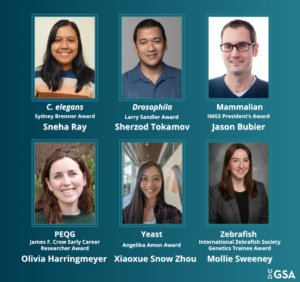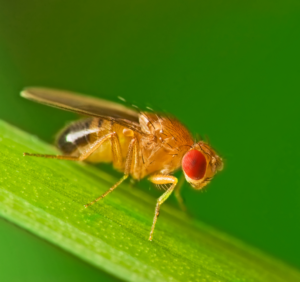Debra Anazonwu is a science communicator, adjunct professor of English as a Second Language, and editor. She specializes in editing medical residency personal statements for International Medical Graduates (IMGs) at IMGeditors.com.
Acting like the plastic tips at the end of shoelaces, telomeres protect linear eukaryotic chromosomes from being recognized as DNA double-strand breaks. Telomeres, which affect many body processes, should have a “Goldilocks” length–neither too long nor too short. Mutations in telomere regulatory genes in humans result in syndromes characterized by abnormally short or long telomeres. These syndromes frequently exhibit genetic anticipation, where the disease manifests earlier and with greater severity in offspring.
Too-short telomeres are thought to induce DNA damage responses (DDRs) that impede cell division. These DDRs are implicated in senescence and/or apoptosis, thus compromising tissue function. This can result in pulmonary fibrosis, liver disease, and bone marrow failure in humans. On the other hand, long telomeres seem to allow cell proliferation, thus contributing to the development of melanoma, chronic lymphocytic leukemia, and papillary thyroid cancer.
Most research to date has focused on short telomeres. David Lydall, the lead author of a recent systematic study on long telomere inheritance published in the July 2025 issue of GENETICS, says he undertook the project to fill in the gap in knowledge on the subject. Since the yeast sexual cycle can be used to model aspects of the human sexual cycle, this study may contribute to the understanding of human disorders associated with abnormal telomere length.
Using 19 strains of yeast, including six genotypes specifically concocted for this study, the researchers crossed haploid yeast with normal (N), short (S), and long (L) telomeres in all possible combinations: N/N, N/L, N/S, L/S, S/S, and L/L. Normal telomere length is advantageous to survival for yeast and humans alike, so natural selection should favor such lengths. This seems to be the case with short telomeres. Single-telomere analysis revealed that when haploid yeast with short telomeres mated with wild-type yeast to create diploids, short telomeres normalized within the relatively short time of 32 cell divisions (one passage), likely because telomerase targets short telomeres.
However, that’s not the end of the story. In rif2Δ/mre11Δ diploids, Y’telomeres didn’t approach wild-type size until 232 cell divisions (nine passages). The persistence of long telomeres in rif1Δ/WT, rif2Δ/WT, and rif1Δ/rif2Δ diploids seems to be due to haploinsufficiency. Taken as a whole, these data suggest that diploid cells that inherit short telomeres (N/S and S/S) stabilize to wild-type telomere lengths fairly quickly, but long telomeres inherited by N/L, S/L, and L/L diploids persist for at least 132 divisions (five passages). These long telomeres can then be passed on to the next generation through meiosis. Long telomeres can also be passed down by meiosis to three generations, even in the absence of mutations.
In summary, this research underscored the surprising persistence of long telomeres. The foundational knowledge this study provides may well apply to human long-telomere disorders, especially various types of cancer.
References
Long telomere inheritance through budding yeast sexual cycles
Vasilisa Sidarava, Sarah Mearns, David Lydall
GENETICS, July 2025, iyaf129, https://doi.org/10.1093/genetics/iyaf129































